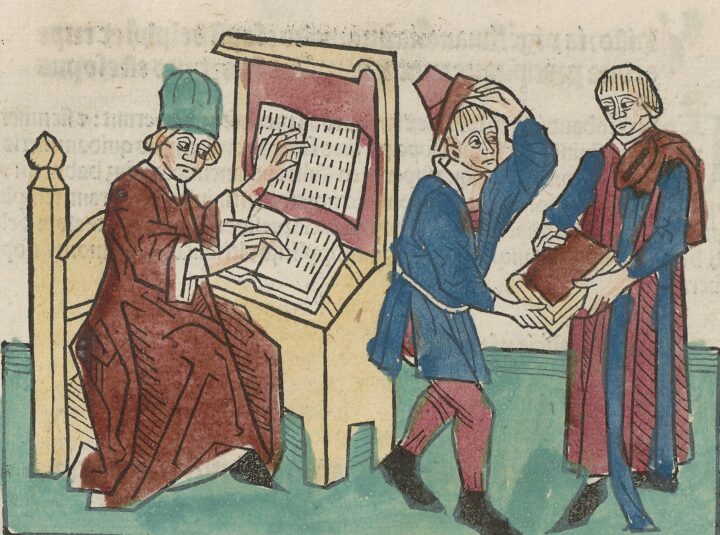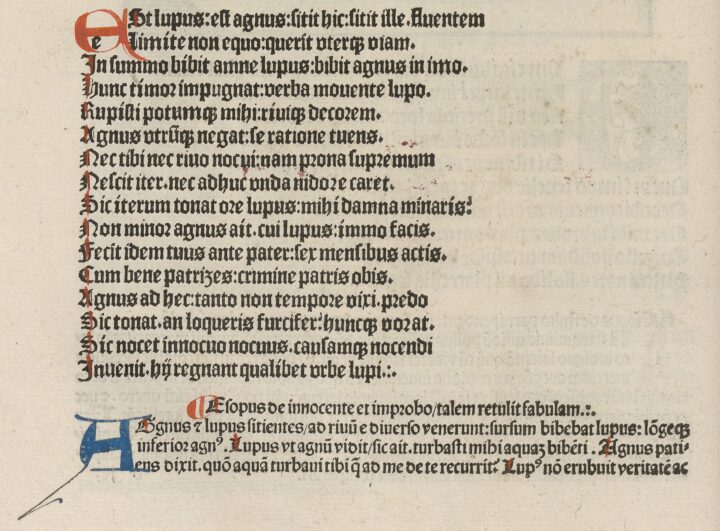Typography
Pronounced tahy-pog-ruh-fee
The process of printing with type; letterpress printing. From the Greek typos: impression, cast and -graphia (-graphy): writing.
Also the design of letter forms to be organized into words and sentences to be disposed in blocks of type as printing upon a page.



